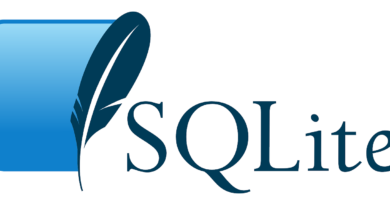What is Web security, and what are its requirements?
Like actual homes, stores, and government buildings, websites and web applications are vulnerable to security breaches. Unfortunately, cybercrime occurs daily, necessitating strong online security measures to prevent the hacking of websites and web apps.
That’s what web security is: it’s a set of safeguards and regulations that can keep your website or online application from being hacked or accessed by unauthorized users. The protection of websites, online applications, and web services is dependent on this section of Information Security. Various cybersecurity courses in India can help you learn how to safeguard your website and online activities. It will help understand how to protect all transactions via the Internet with some web security.
SOA implemented through Web services introduces a new set of security needs due to its nature (loosely coupled connections) and open access (mostly HTTP). There are various dimensions to web service security:
Authorization
The service provider’s authorization determines whether the requestor has access to the Web service. Essentially, authorization verifies the credentials of the service requestor. It assesses if the service requestor is authorized to carry out the operation, ranging from invoking the Web service to executing a specific feature of it.
Data Security
Data security ensures that the Web service request and response are not tampered with in transit. It necessitates the protection of both data integrity and privacy. It’s worth noting that data protection does not ensure the message sender’s identity.
Authentication
Authentication assures that each party participating in using a Web service—the requestor, the provider, and the broker (if one exists)—is who they say they are. Accepting credentials from an entity and confirming them against the authority is the process of authentication.
Nonrepudiation
Nonrepudiation ensures that the message’s sender is the same as the message’s author.
Integrity
Integrity ensures that end-user information is correct and has not been tampered with by anyone other than the site owner. This is frequently accomplished by encryption, such as Secure Socket Layer (SSL) certificates, encrypting data in transit.
How to keep your website safe?
- Regularly back up your data.
If all of your previous safeguards fail and you are still hacked, the only way to properly recover is to have a current backup. You can change the frequency as often as you wish, up to several times every day. The more frequently you backup the data, the better, and you should use a rolling save system, so you have many backups in case you need to pinpoint when an issue happened.
Furthermore, your backups should be both on-site and off-site so that you can fully recover even in the worst attacks. Apart from attacks, natural disasters, or failures at web-host data centres have been known to cause irreversible data loss, thus having copies of your website backups on hand can be useful.
- Maintain the latest version of your website’s platform and applications.
Using a CMS with several useful plugins and extensions has many advantages, but it also has risks. Vulnerabilities in a content management system’s expandable components are the major cause of website infections.
Because many of these tools are open-source software programs, their source code is available to both good-intentioned creators and criminal hackers. Hackers can examine this code for security flaws that would allow them to take unauthorized control of your website by exploiting any platform or script flaws.
Always keep your content management system, plugins, apps, and any scripts you’ve installed up to date to prevent your website from being hacked.
You can learn more about securing your online activities by checking out Stanford cybersecurity online course. You will learn to minimize threats and defend against them when you work online.



